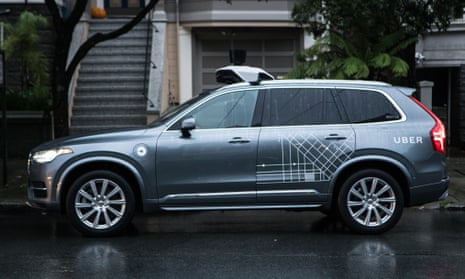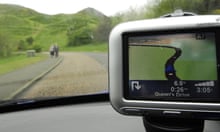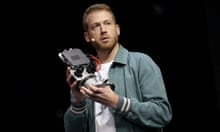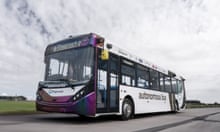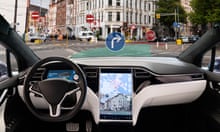Uber laid off 100 of its self-driving car backup drivers in Pittsburgh on Wednesday as it scales back its testing in the wake of its fatal crash in March.
The ride-hailing firm made 55 new mission specialist positions available to replace them, according to a report by Quartz, with the intention of returning to on-the-road testing but with a reduced fleet of cars.
The new drivers will be trained in both public road and track testing, and are expected to provide a greater level of technical feedback than the company’s previous safety backup drivers. Uber has used mission specialists before to operate its cars in difficult scenarios and with new equipment on test tracks.
“Our team remains committed to building safe self-driving technology, and we look forward to returning to public roads in the coming months,” said an Uber spokesperson.
Uber suspended its self-driving operations after the fatal crash in Tempe, Arizona, in March. An investigation into the crash found that the car spotted the pedestrian but chose not to react. According to police, the safety driver that was meant to take evasive action was watching a TV programme on her phone at the time of the crash.
The company was later banned from operating self-driving cars in Arizona, forcing Uber to shutdown its testing programme and lay off 300 staff in May. Uber pulled all testing in San Francisco, Toronto and Pittsburgh as a result of the crash. The company has said it intends to restart testing in Pittsburgh, its first self-driving development site, before the end of 2018.
Uber has operated with a single backup driver in its self-driving test cars since November 2017, having previously required two people in the vehicles at all times. Google sibling Waymo’s test cars also operate with single drivers but the majority of other companies still operate with two test drivers at any one time.
